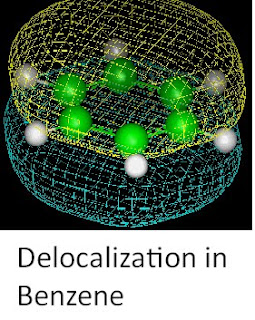Anant Babu Marahatta
Ph.D. student in chemistry
Tohoku University
Japan
(This article is intended to introduce an ab initio technique of Quantum chemistry)
(Interested fellows are suggested to read Part 1 & part 2 of this article before proceeding it. And if necessary, you are reminded to consult the article “Computational Chemistry” archived herewith.)
Basically, the Computational quantum chemistry methods range from highly accurate to very approximate techniques. Ab initio [lat.word-at the beginning] techniques are based entirely on the solution of the Schrödinger equations unlike the empirical or semi-empirical techniques [will be clarified on part 4] which employ experimental results.
More specifically, most ab initio calculations are based on the Born–Oppenheimer approximation, which greatly simplifies the Schrödinger equation by freezing the nuclei in place during the calculation. Such methods converge to the exact solution of the underlying Schrödinger equations by reducing the number of approximations. So the computational cost is the very serious matter. They often take enormous amounts of computer time, memory, and disk space.
For example, the Hartree–Fock (HF) method, a very reasonable ab initio model of quantum chemistry, which does not include full treatment of the effects of electron correlation (the energy contributions arising from electrons interacting with one another) scales as N 4 (where N is the number of basis functions used to create the molecular orbitals) – i.e. a calculation twice as big takes 16 times as long to complete. Density Functional Theory (DFT), which computes electron correlation via general functional of the electron density, scale in a similar manner to HF. However, it is more expensive than equivalent HF calculation due to the introduction of the concept of electron density interactions. Similarly, Moller-Plesset (MPn) Perturbation theories scale as: MP2- N5, MP4 - N6 etc. MP2 model is one of the least expensive ways to improve the HF model and was the first correlation method applied to chemistry. The geometries optimized by it are usually quite accurate.
The following animation illustrates an action of the ab initio technique of Quantum chemistry which explains the double proton transfer in Watson-Crick AT (A=Adenine, T =Thymine) base-pair model of DNA.
Usually, considering the Born–Oppenheimer approximation in order to simplify the Schrödinger equations is okay in ground electronic state which assumes independent motions of electrons and nuclei [but it is not really true]. In practice, however, it is impossible to eliminate all the difficulties arise. Thus, to minimize the errors produced, the empirical or semi-empirical calculations help the quantum/computational chemists by keeping the calculations in track.
……………to be continued………….
The general concept of the empirical or semi-empirical techniques will be posted on part 4.
Reference:
http://www.scidacreview.org/0902/html/qsiman.html





















